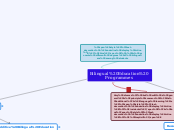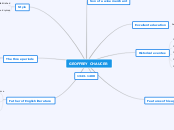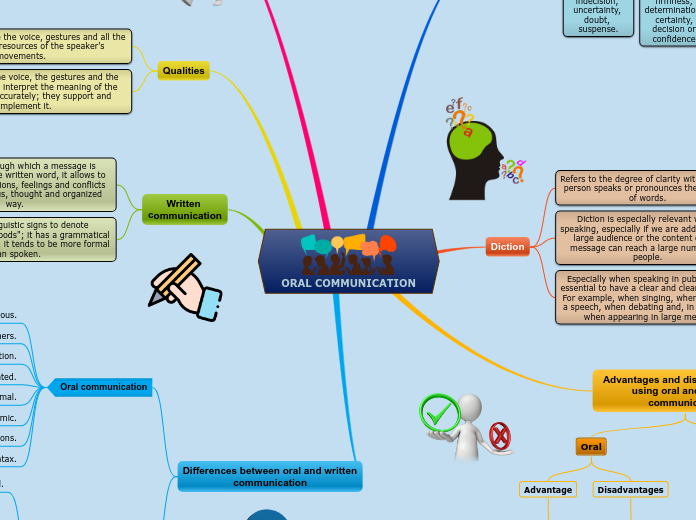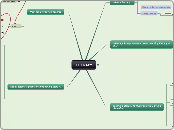Aim: to promote different degrees of bilingualism among students
Very diverse, but with a general
principle common: the additional
language learning is incidental
and implicit
Bilingual Education Programmes
Heteroglossic Ideology
Plurilingualism and translanguaging.
L1 and L2 are interconnected.
Dynamic Bilingual Education
L1 and L2 are interconnected.
Bilinguals addapt language to their need of communication.
CLIL
- Knowledge of a language becomes the means of learning content.
- Teaching and Learning curricular content through the use of an additional language.
- Language as a medium.
- Based on language acquisition rather than on language learning (language is seen or used in real-life situations).
- Fluency is more important than accuracy.
- Adapted to the diverse contexts of the European language diversity and policies through various models.
Multiple multilingual
- Multiple language interactions and practices.
- Linguistic interrelactionships that take place on different scales and space among multilingual speakers.
- Multiple multilingual education in a multimodal terrain.
Poly-directional
- Linguistic heterogenety (multilingualism of the students' social context).
- Two-way bilingual educational programmes or dual language programmes.
Recursive Bilingual Education
Strengthen the minority language when it has been suppressed.
Developmental
- Additive bilingualism.
- Offers minority language children instruction of their L1 (home) and the L2 (curriculum).
Immersion Revitalization
"Heritage language immersion"
- Ethnolinguistic minorities who have experienced language shift away from thier heritage languages to fit their needs.
- When the language shift is radical, programs start at pre-school level.
- Incorpores local knowledge in school curricula.
- Indigenous communities.
Monoglossic Ideology
Languages are taught separately.
L1 and L2 are not interconnected.
Additive Bilingual Education
L1 is maintained and L2 is added.
L1 and L2 are not interconnected.
Immersion
- High-status mother tongue children choose to be instructed through a foreign language (FL).
- Successful form of bilingualism.
Partial Immersion
Teaching between 50-90% of the curriculum through the medium of a FL.
Total Immersion
Teaching up to 100% of the curriculum through the medium of a FL.
Delayed Immersion
Starts at some point in elementary school.
Early Immersion
From the very beginning of their education (pre-school level).
Prestigious or Elitist
- Learning of two prestigious languages separated during the instruction.
- Language is seen as cultural or symbolic capital to be used on the market of social interaction.
Maintenance
- Tries to preserve the minority language during the acquisition of the majority language.
- Subjects are taught in two languages along with the cultural component.
Bilingual
Subtractive Bilingual Education
L1 dissapears meanwhile L2 is promoted.
Types
Summersion
- Students speak a minority language.
- Instruction is carried out in a majority L2.
- Cultural assimilation and monolingualism in the majority language.
Transitional
- Use of L1 only the first years of the learner.
- Ends in a permanent monolingualism.
- Addressed to immigrants in order to facilitate the access to L2.
Linguistic Goal
Monolingual









